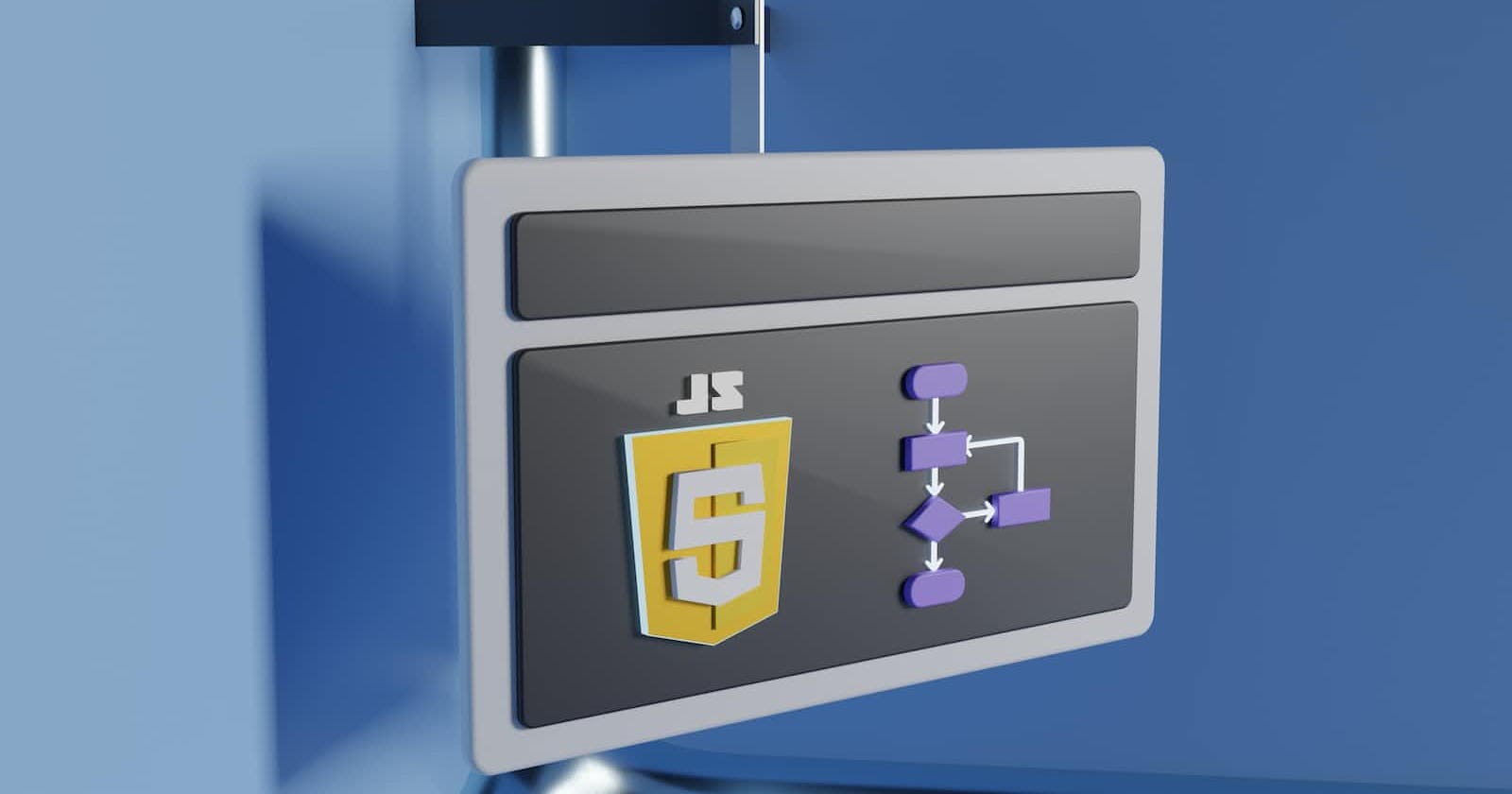Table of contents
No headings in the article.
A web page's structure, content, and style may all be modified and changed using JavaScript thanks to the Document Object Model (DOM), which is a hierarchical representation of a web page. The Document Object (DOM) is a tree-like structure that represents the different components of a web page by branching out into elements, attributes, and nodes from the Document Object, which serves as the tree's root.
The ability to alter the DOM with JavaScript is one of its most crucial features. The practice of modifying a web page's structure, content, and style using JavaScript is known as DOM manipulation. This can be accomplished by using JavaScript to access the DOM and changing its elements, attributes, and nodes.
The getElementById() method, which enables developers to access elements by their id attribute, the getElementsByTagName() way, which enables developers to access elements by their tag name, and the querySelector() and querySelectorAll() methods, which enables developers to access elements using CSS selectors, are just a few of the ways that JavaScript developers can access the DOM.
Once the DOM has been accessible, developers have a number of options for changing its nodes, properties, and elements. For instance, they can alter an element's style by adjusting its style property, and its content by modifying its innerHTML property, and adding or deleting elements from the DOM by using the appendChild() and removeChild() methods.
DOM manipulation is a crucial component of web development that is used to make dynamic, real-time updating websites. It can be used to build interactive user interfaces, dynamic menus, and content updates without having to reload the website.
In conclusion, the DOM is a crucial component of web development because it enables JavaScript developers to edit and modify a web page's structure, content, and design. Building dynamic and interactive web pages requires a solid understanding of DOM and DOM manipulation, whether you are a novice or a seasoned developer.

